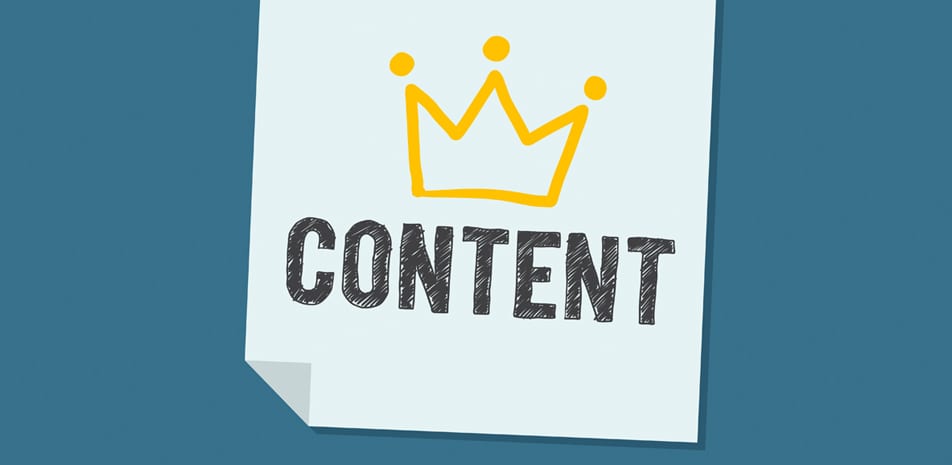Content is among the most important things that you need to get right to thrive online. As more businesses are coming online and competition is growing, only good content can help you take a leap. And, when it comes to optimizing the content, there are several things that you need to consider. To create perfectly optimized content, we have prepared a comprehensive yet quick list that you can follow.
Keyword Research
Finding the right keywords is the fundamental step that you have to do right for perfectly optimizing the content. Focus on searching for highly-targeted keywords that will bring the right set of audiences to your site. You can also use LSI and long-tail keywords as they are generally of low competition and can bring good results.
If you are not interested in using paid tools, you can use robust and free tools like Google Keyword Planner to search for keywords volume and competition or you can assign it to your SEO reseller to do so. After you do complete research, use those keywords on your web page content, cornerstone articles, and other important articles to boost your content authority.
Creating SEO-friendly URLs
The second most pivotal thing that everyone should follow is creating SEO-friendly URLs for every web page and article. A keyword-rich and SEO-friendly URL not only helps users to find the page faster but also helps the bots to scan and index the pages faster.
If you are using CMS like WordPress, then you will find a lot of free SEO plugin that will help you create such highly optimized URLs. Make sure, whenever it’s possible, try to include keywords in the URLs so that bots can easily scan them and rank on better positions.
Optimizing the title tags
Most people make mistakes in creating extraordinary fancy titles in the pursuit of making them attractive. But the truth is, people, want simple yet catchy headlines that convey the message of the inside content. If you are including numbers or special signs in your title, make sure you optimize the URL accordingly.
The ideal title length should be within 60 characters as they are easy to read and remember. Your main target keyword should be included in the title and a few subheadings. Avoid including dates in the tiles to make the content look evergreen.
Focus on quality meta descriptions
For optimizing the content properly, no one can ignore the meta description. This small snippet is the golden opportunity to attract maximum people and let them click on the URL. Try to add as much value as possible in your meta description.
Along with the main keyword, also try to include 1-2 related keywords so that users can get a better idea about your page. Properly optimized meta descriptions can help in ranking the content much better in the search results. The ideal length of a meta description is around 155 to 160 characters and beyond that, the snippet got chipped in the search results.
Last updated time-stamp
Google and other search engines pay a lot of attention to the freshness of the content and how frequently it gets updated for the readers. To make sure that your content keeps ranking on the main keywords, focus on the last updated time-stamp.
Time-stamp helps the readers to know when the article was published or when it was updated. To attract more users to your site, it’s highly recommended that you always show the time stamp to users as it will give a clear idea to users that they are consuming the latest piece of content.
Sub-heading optimization
Another pivotal thing to keep in mind is the right and smart optimization of sub-headings. Just like the title and H1 heading, make sure you are adding relevant keywords in the subheadings so that the content ranks higher.
The standard rule of headings says that there should be only one H1 tag on a single page and that should be followed by H2 and H3 headings. If you can follow the hierarchy, then it’s the best practice to perform. This is because search engines, especially Google, prefer well-formatted and organized data for their readers.
Images and video
Images are videos that are important for improving the overall user experience and they also add more value to them. While using multimedia especially images, make sure they are compressed and not making the site slow. Use any third-party tool to compress the images and then upload them to your site.
Along with compression, also utilize the text fields associated with the images. Be it the Alt tag, title, or the caption, use relevant information in all that text fields. Use your main keywords or LSI for the Alt tag or the title of the images.
These were some important tips to perfectly optimize the content and rank it higher in the search results. Follow these simple steps and take a leap from your competitors.















Content Optimization is one of the oldest ways to gain organic reach and build a brand. It also helps in promoting Inbound Marketing. There are several new strands of digital marketing and advertising like Affiliate Marketing, which have come to depend in a major way on content optimization.